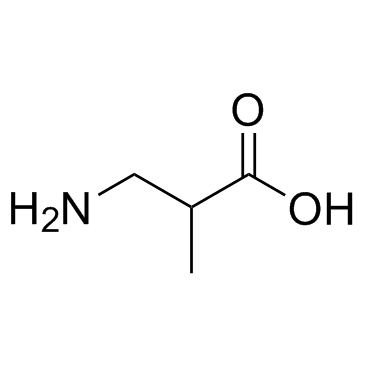| Structure | Name/CAS No. | Articles |
|---|---|---|
 |
3-Aminoisobutanoic acid
CAS:144-90-1 |
|
 |
6-Deoxy-L-mannosehydrat
CAS:10030-85-0 |